10 Fun Facts About the Amazing Global Journey of the Taco
The taco, a culinary delight that transcends borders, has become a beloved staple in kitchens and street food markets worldwide. Originating from the vibrant culinary traditions of Mexico, the taco is more than just a simple meal; it is a cultural icon that encapsulates centuries of history, migration, and innovation. As we embark on a journey to uncover the secrets behind the global evolution of the taco, we will explore how this humble dish has been embraced and transformed by diverse cultures, each adding its own unique twist and flavor. From the bustling streets of Mexico City to the trendy taco trucks of Los Angeles, the taco's journey is a testament to its versatility and universal appeal. This exploration will reveal the rich tapestry of flavors, techniques, and stories that have shaped the taco into a worldwide phenomenon, inviting culinary enthusiasts to savor its delicious secrets.
1. The Ancient Origins of the Taco
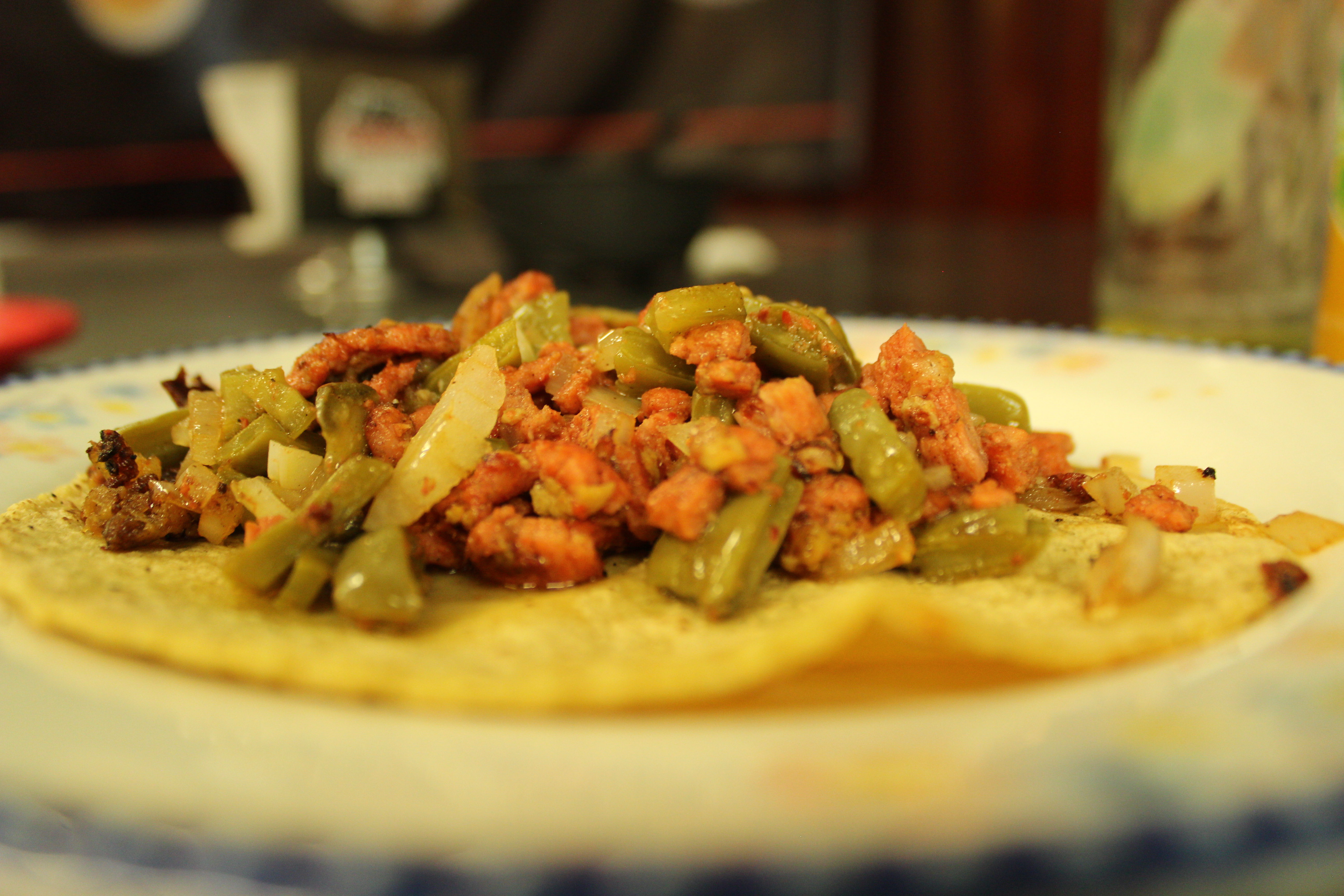
The history of the taco dates back to ancient times, long before the arrival of European explorers in the Americas. The indigenous peoples of Mesoamerica, including the Aztecs and Mayans, were the first to create a precursor to the modern taco using native ingredients. Corn, a sacred crop in Mesoamerican culture, was ground into masa to form tortillas, which were then filled with a variety of ingredients like fish, beans, and insects. These early tacos were not just food; they were a reflection of the agricultural and spiritual life of these civilizations. The taco's origins are deeply intertwined with the history of maize cultivation, which played a crucial role in the development of Mesoamerican societies. Understanding the ancient roots of the taco provides a foundation for appreciating its cultural significance and the ways in which it has evolved over time.
2. The Spanish Influence and Culinary Fusion
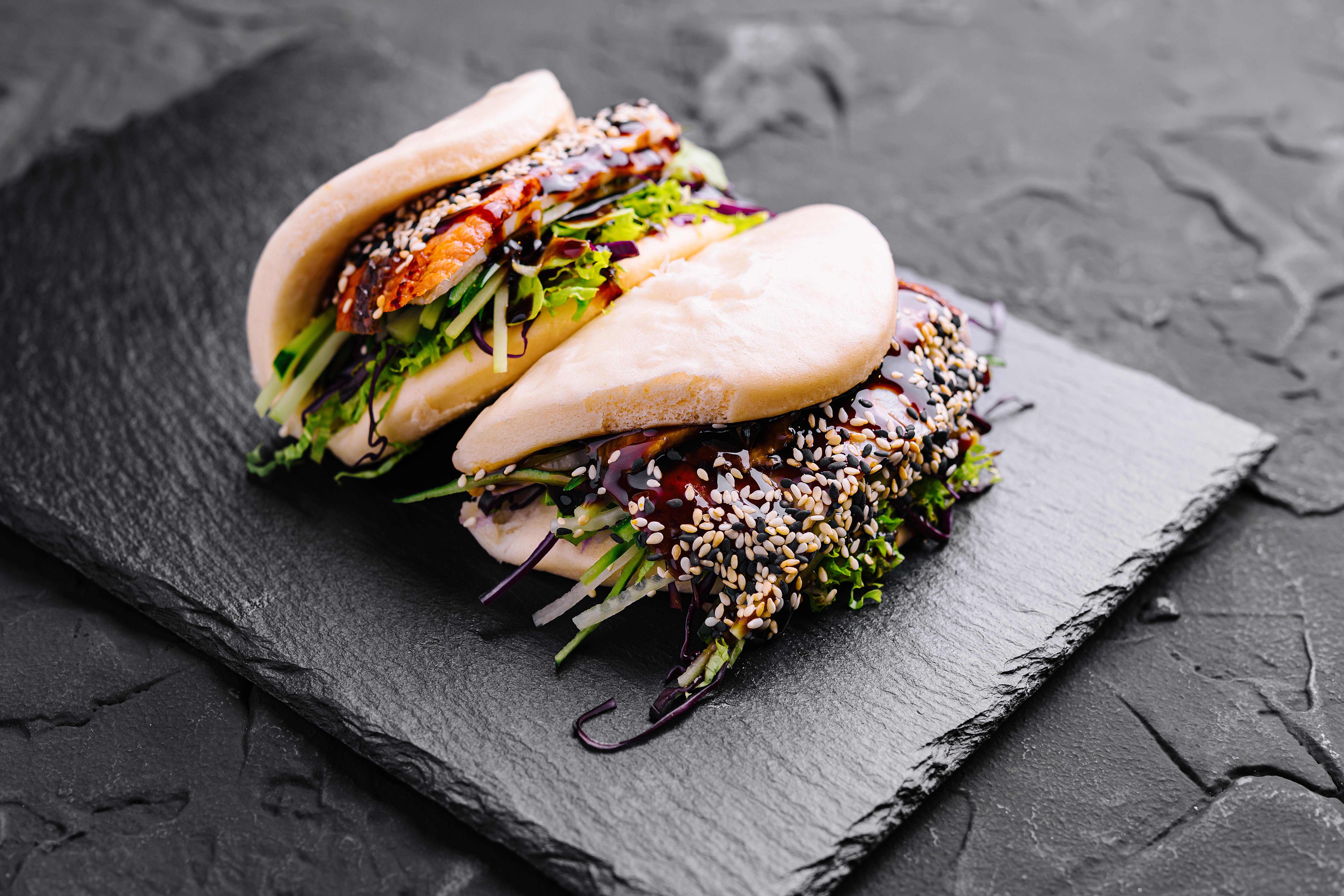
The arrival of the Spanish in the 16th century marked a turning point in the evolution of the taco. The Spanish brought with them new ingredients such as pork, beef, cheese, and wheat, which began to influence the traditional Mesoamerican diet. This culinary fusion gave rise to new variations of the taco, blending indigenous and European flavors in creative ways. The introduction of livestock led to the popularity of tacos filled with meats like carnitas and barbacoa, while the use of cheese and wheat flour tortillas added new dimensions to the dish. This period of culinary fusion laid the groundwork for the diverse range of tacos we enjoy today. The Spanish influence also introduced new cooking techniques, such as frying, which contributed to the development of crispy taco shells. This blend of old and new world flavors set the stage for the taco's journey beyond Mexico's borders.
3. Tacos in the Mexican Revolution

The Mexican Revolution (1910-1920) was a time of significant social and cultural change, and the taco played a symbolic role in the movement. As people from different regions of Mexico came together in the fight for change, they brought their local culinary traditions with them, leading to a cross-pollination of flavors and styles. Street vendors, known as taqueros, became popular figures, serving affordable and portable meals to soldiers and workers alike. The taco became a unifying symbol of Mexican identity, representing the resilience and resourcefulness of the people. During this time, regional variations of the taco began to emerge, each reflecting the unique ingredients and cooking methods of different parts of the country. The revolution not only shaped the political landscape of Mexico but also contributed to the rich diversity of taco styles that continue to thrive today.
4. The Americanization of the Taco
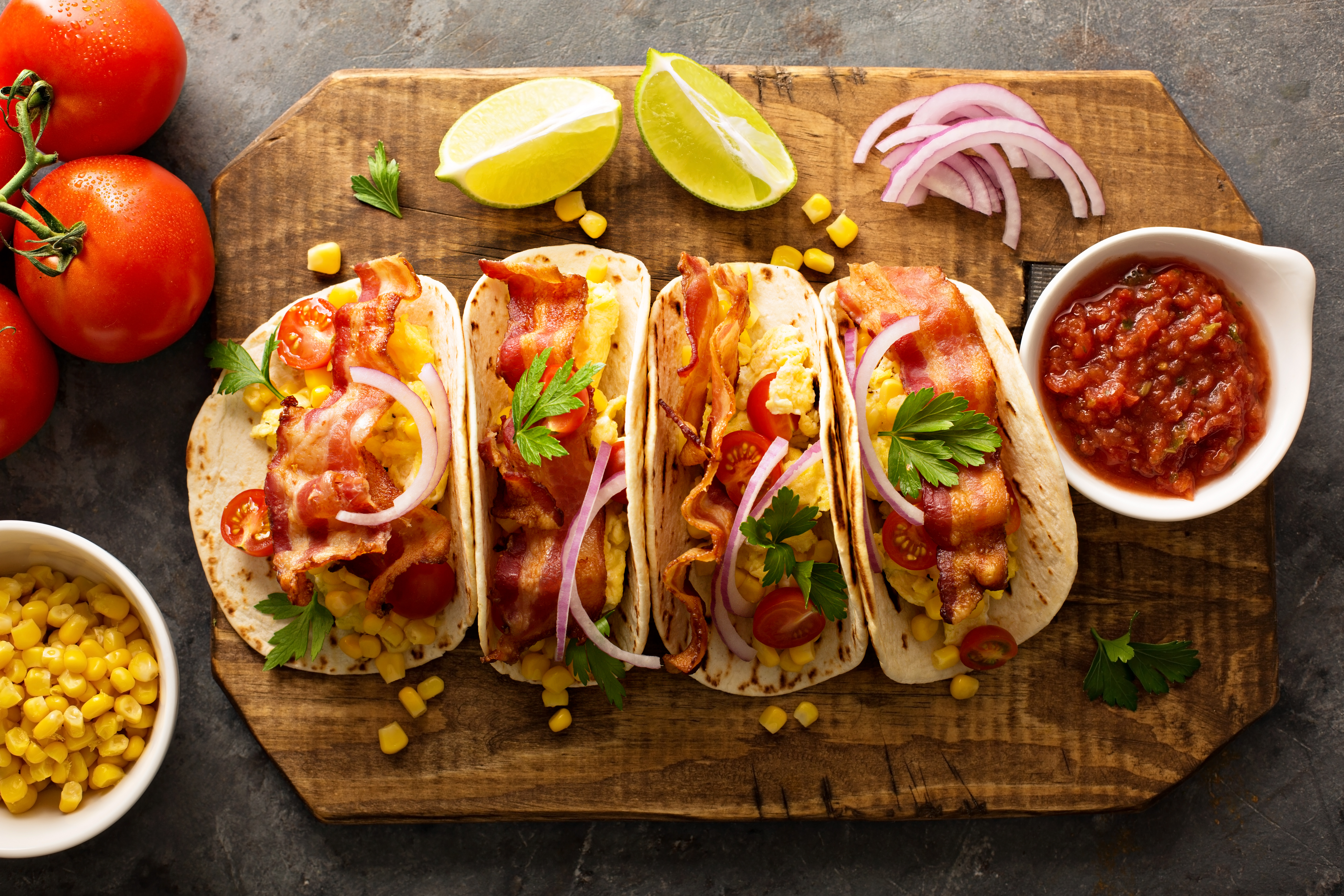
As Mexican immigrants began to settle in the United States, they brought with them their culinary traditions, including the beloved taco. The Americanization of the taco began in the early 20th century, as it was adapted to suit the tastes and preferences of a new audience. Fast-food chains like Taco Bell played a significant role in popularizing the taco in the United States, introducing it to a wider audience and making it a staple of American cuisine. However, this version of the taco often differed significantly from its traditional Mexican counterpart, featuring hard shells, ground beef, and toppings like lettuce and cheddar cheese. While some purists criticized these adaptations, the Americanized taco became a cultural icon in its own right, reflecting the dynamic exchange of culinary traditions between Mexico and the United States. This period of adaptation and innovation paved the way for the taco's global journey, as it continued to evolve and inspire new interpretations.
5. The Rise of Gourmet Tacos
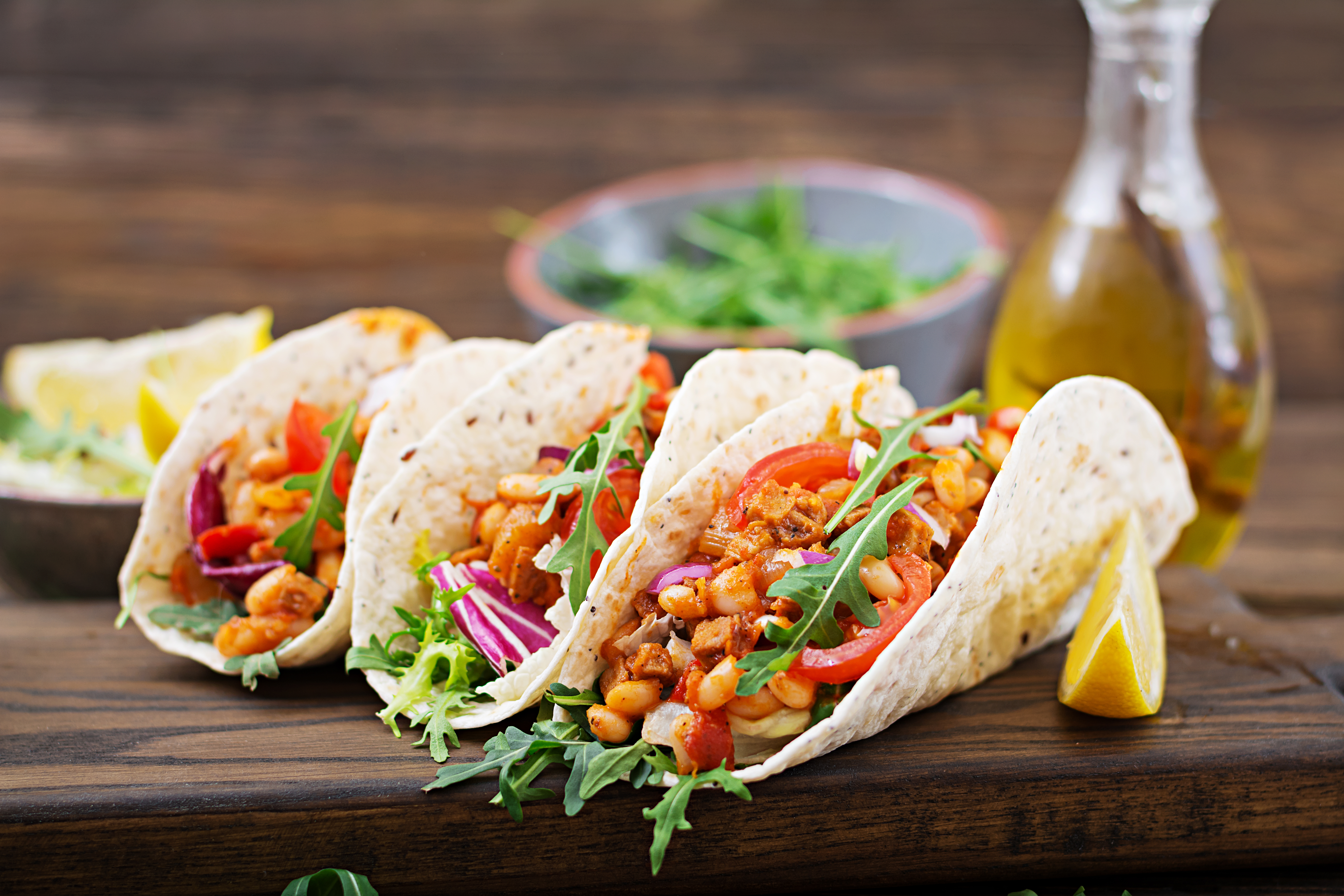
In recent years, the taco has experienced a renaissance, with chefs and food enthusiasts around the world embracing it as a canvas for culinary creativity. The rise of gourmet tacos has transformed this humble street food into a sophisticated dining experience, showcasing the artistry and innovation of modern chefs. From fusion tacos that blend Asian and Mexican flavors to vegetarian and vegan options that highlight fresh, locally-sourced ingredients, the gourmet taco movement celebrates diversity and experimentation. High-end restaurants and food trucks alike have embraced the taco as a versatile dish that can be elevated with premium ingredients like truffle oil, lobster, and avocado. This trend has not only expanded the taco's appeal but also highlighted the importance of quality and craftsmanship in its preparation. The gourmet taco movement is a testament to the taco's adaptability and its ability to inspire new culinary trends, while still honoring its rich heritage.
6. Tacos and the Global Street Food Scene
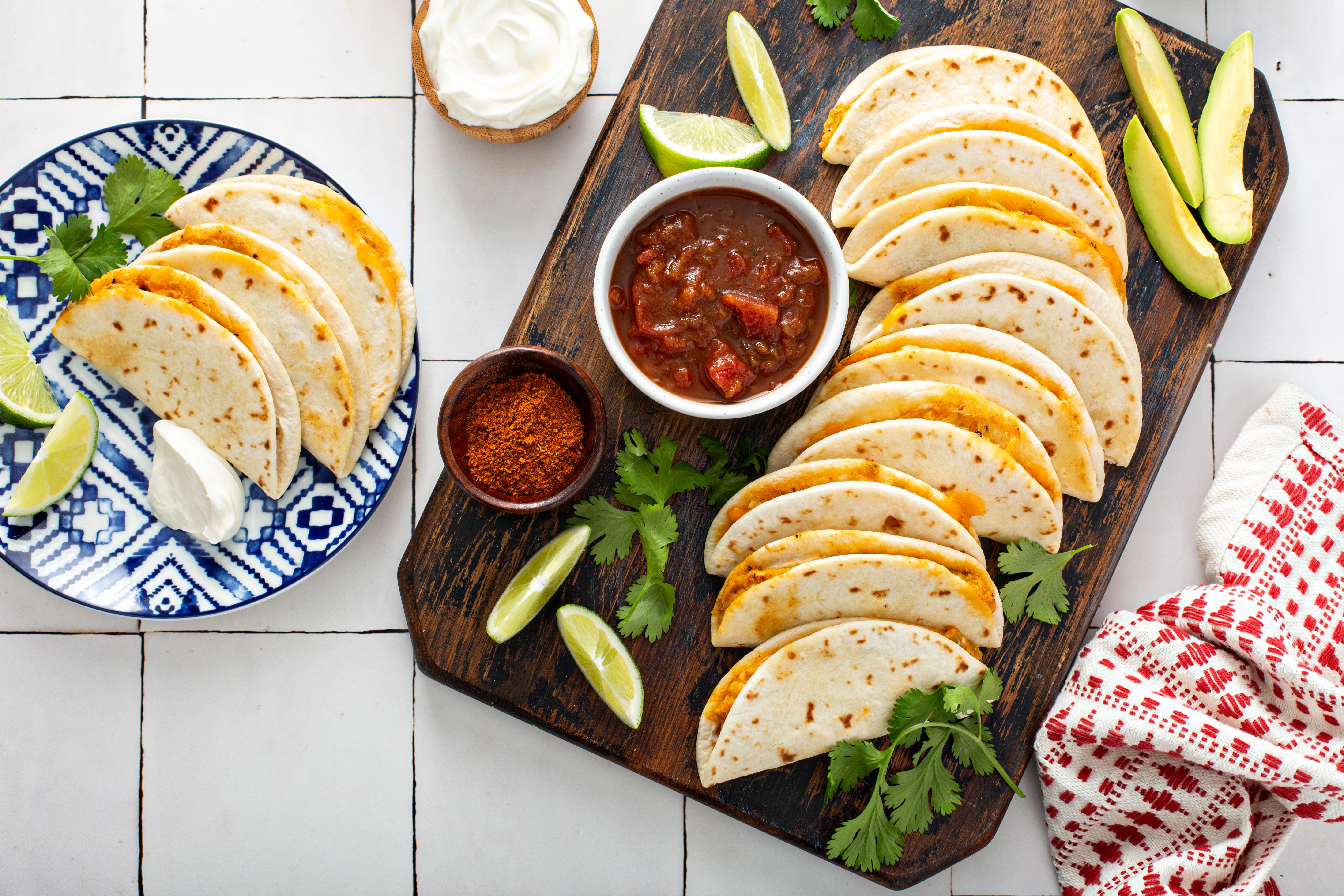
The taco's journey around the world has made it a beloved staple of the global street food scene. In cities across the globe, from Tokyo to Berlin, street vendors and food markets offer their own unique takes on the taco, infusing it with local flavors and ingredients. This global adaptation has led to the creation of innovative variations, such as the Korean-inspired bulgogi taco or the Indian masala taco, each reflecting the cultural influences of its origin. The taco's popularity as street food is a testament to its accessibility and versatility, offering a delicious and satisfying meal that can be enjoyed on the go. The global street food scene has also played a crucial role in democratizing the taco, making it accessible to people from all walks of life. As a symbol of culinary fusion and cultural exchange, the taco continues to inspire creativity and innovation on street corners and food markets around the world.
7. The Art of the Taco: Techniques and Traditions
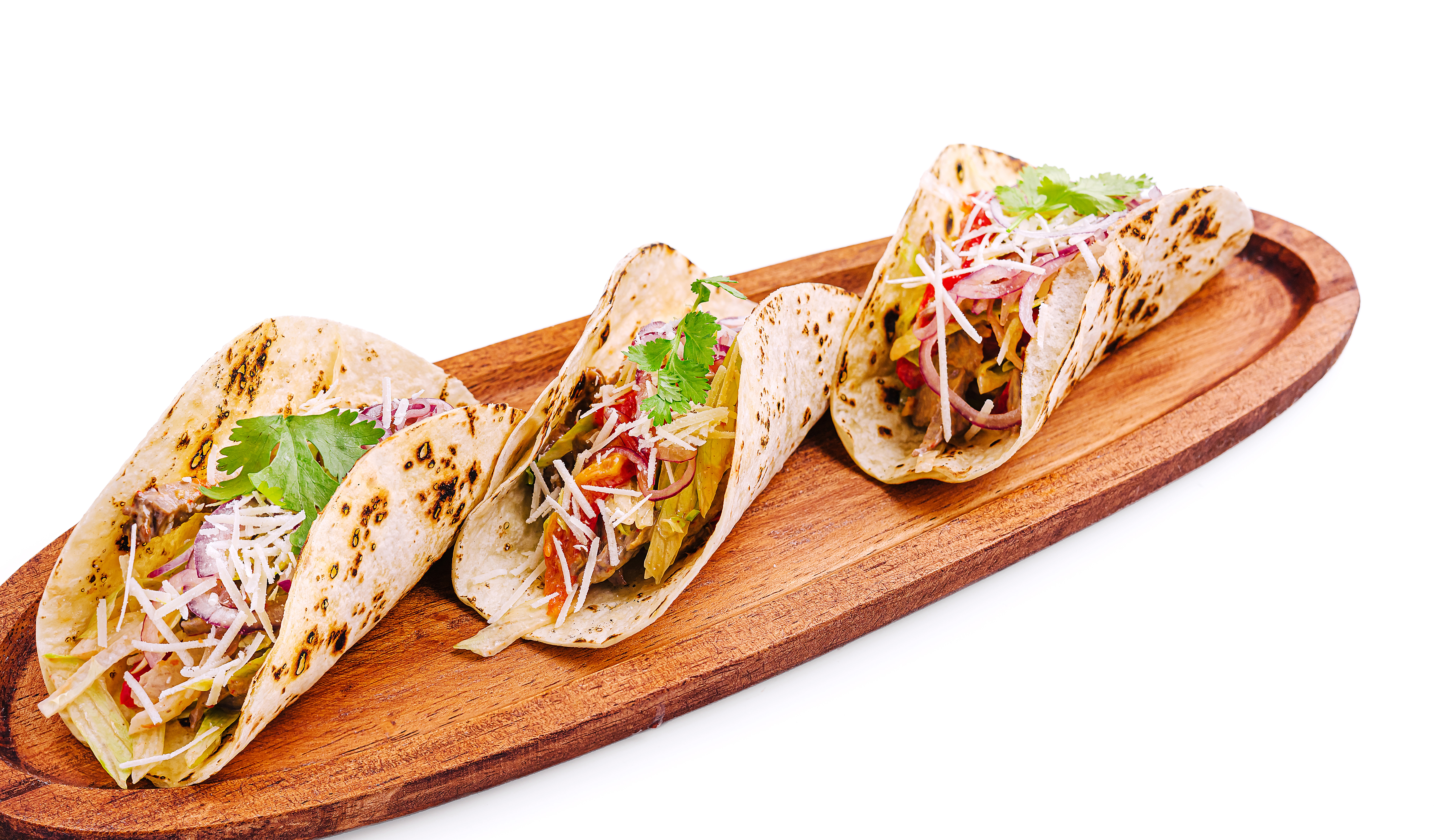
The art of making a taco is a skill that has been passed down through generations, with each region and family adding its own unique touch. Traditional techniques, such as hand-pressing tortillas and slow-cooking meats, are integral to the authenticity and flavor of a taco. In Mexico, the preparation of tacos is often a communal activity, with family members gathering to share in the labor of cooking and assembling the meal. This communal aspect is a reflection of the taco's role as a symbol of togetherness and hospitality. The use of fresh, high-quality ingredients is also a hallmark of traditional taco-making, with an emphasis on balance and harmony of flavors. From the smoky aroma of grilled meats to the vibrant colors of fresh salsas and garnishes, the art of the taco is a celebration of sensory delight. By understanding the techniques and traditions that underpin the taco, we gain a deeper appreciation for the craftsmanship and care that goes into creating this beloved dish.
8. Tacos and Cultural Identity
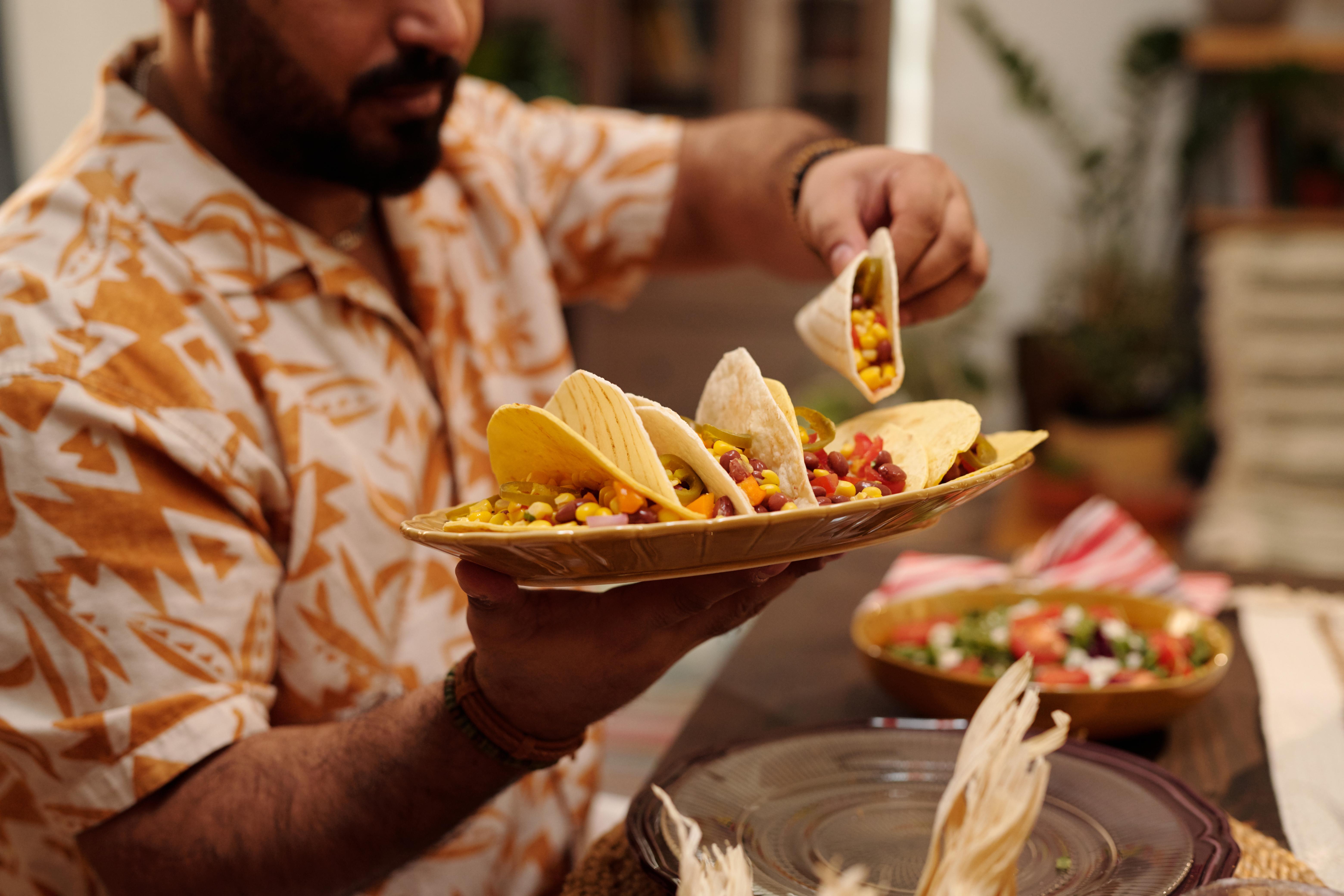
The taco is more than just a culinary delight; it is a powerful symbol of cultural identity and pride. For many Mexicans, the taco represents a connection to their heritage and a celebration of their rich culinary traditions. It is a dish that brings people together, transcending social and economic boundaries. The taco's ability to adapt and evolve while retaining its core essence is a reflection of the resilience and creativity of the Mexican people. As the taco has traveled beyond Mexico's borders, it has also become a symbol of cultural exchange and fusion, representing the blending of traditions and the celebration of diversity. For Mexican communities around the world, the taco is a reminder of home and a way to share their culture with others. By embracing the taco as a symbol of cultural identity, we honor the rich history and traditions that have shaped this iconic dish.
9. The Health Benefits of Tacos
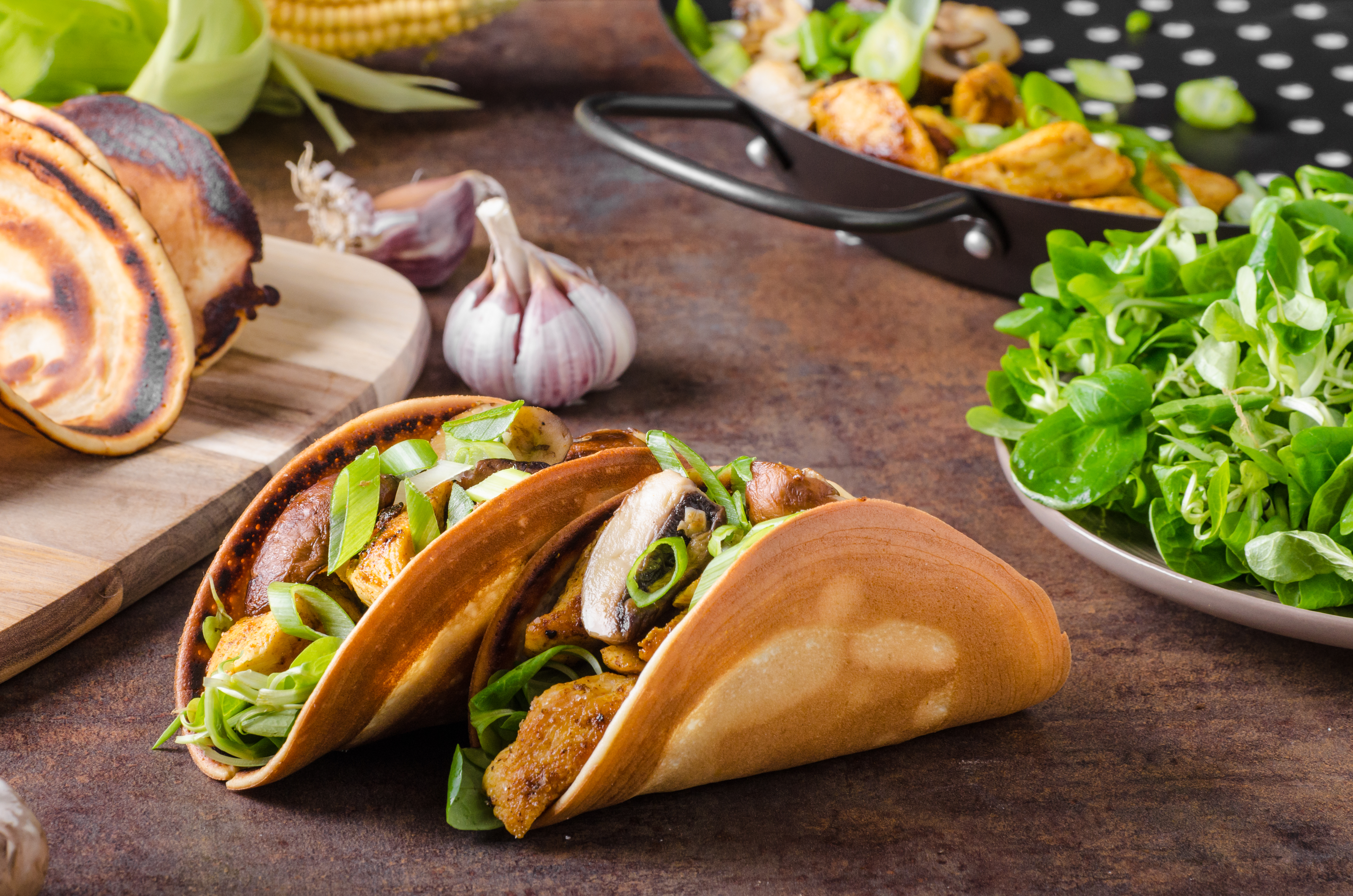
While the taco is often associated with indulgence, it can also be a nutritious and balanced meal when prepared with wholesome ingredients. Traditional tacos, made with corn tortillas, lean proteins, and fresh vegetables, offer a variety of nutrients and health benefits. Corn tortillas are a good source of fiber and essential vitamins, while fillings like grilled chicken or fish provide lean protein and healthy fats. Toppings such as avocado, cilantro, and salsa add flavor and nutrients without excess calories. The versatility of the taco allows for endless customization, making it easy to create healthy and satisfying meals that cater to individual dietary preferences and needs. By focusing on fresh, high-quality ingredients and mindful preparation, the taco can be both a delicious and nourishing choice. This balance of flavor and nutrition is a testament to the taco's enduring appeal and its ability to adapt to modern culinary trends.
10. The Future of Tacos: Innovation and Sustainability
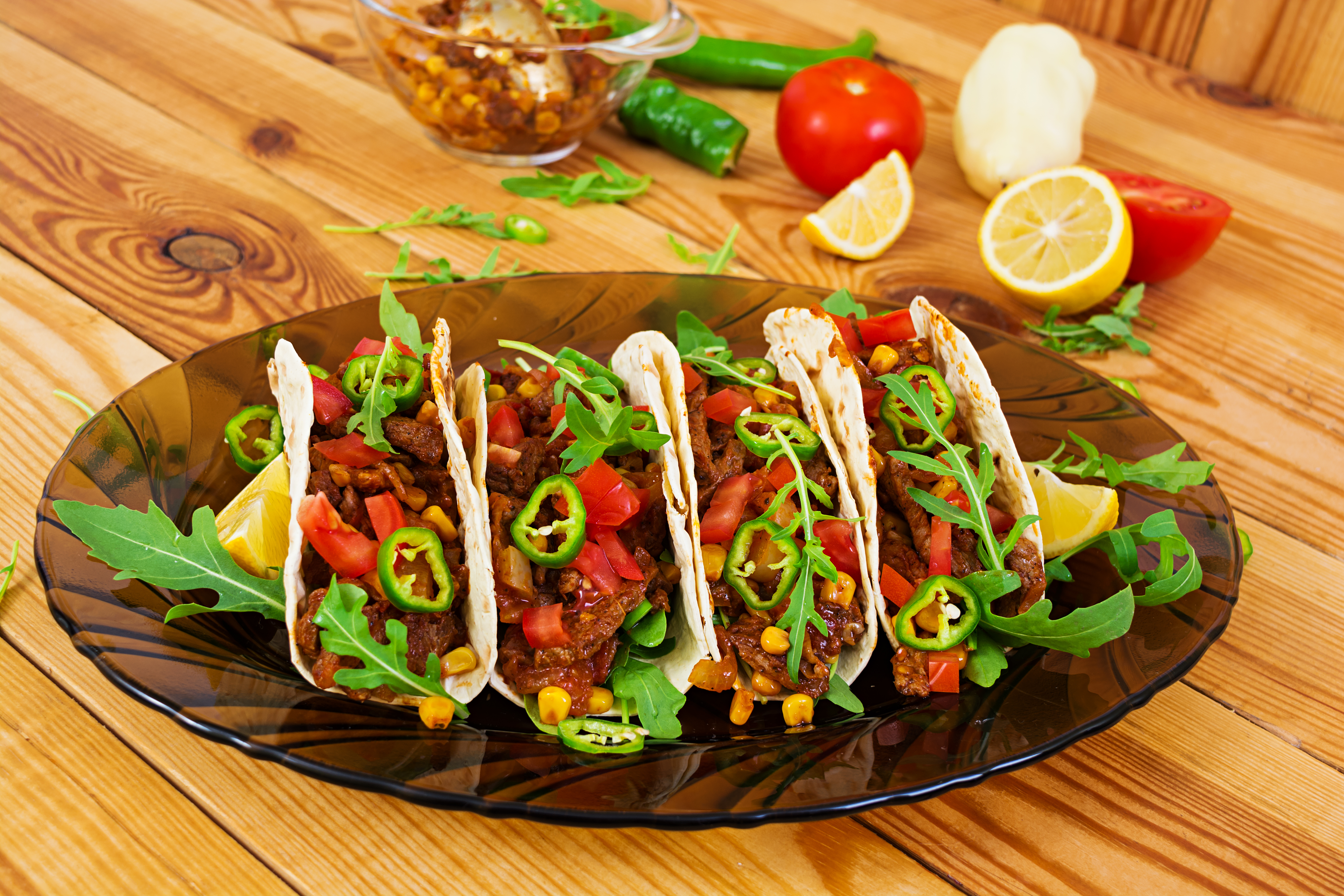
As the world becomes more conscious of sustainability and environmental impact, the taco is evolving to meet the demands of a changing culinary landscape. Chefs and food producers are exploring new ways to make tacos more sustainable, from using plant-based proteins and locally-sourced ingredients to reducing waste and supporting ethical farming practices. The rise of plant-based tacos, featuring ingredients like jackfruit, tempeh, and mushrooms, reflects a growing interest in sustainable and ethical eating. Innovations in packaging and delivery are also helping to reduce the environmental footprint of taco production and consumption. As the taco continues to evolve, it remains a symbol of culinary innovation and a reflection of the values and priorities of modern society. By embracing sustainability and creativity, the future of the taco promises to be as diverse and dynamic as its storied past.
As we savor the delicious secrets of the taco's evolution, we are reminded of the rich tapestry of flavors, traditions, and stories that have shaped this iconic dish. Whether enjoyed as a simple street food or an elevated gourmet experience, the taco continues to inspire curiosity and creativity, inviting us to explore new tastes and embrace the diversity of the culinary world. As we look to the future, the taco's journey is far from over, promising new adventures and discoveries that will continue to spice up our culinary curiosity.







